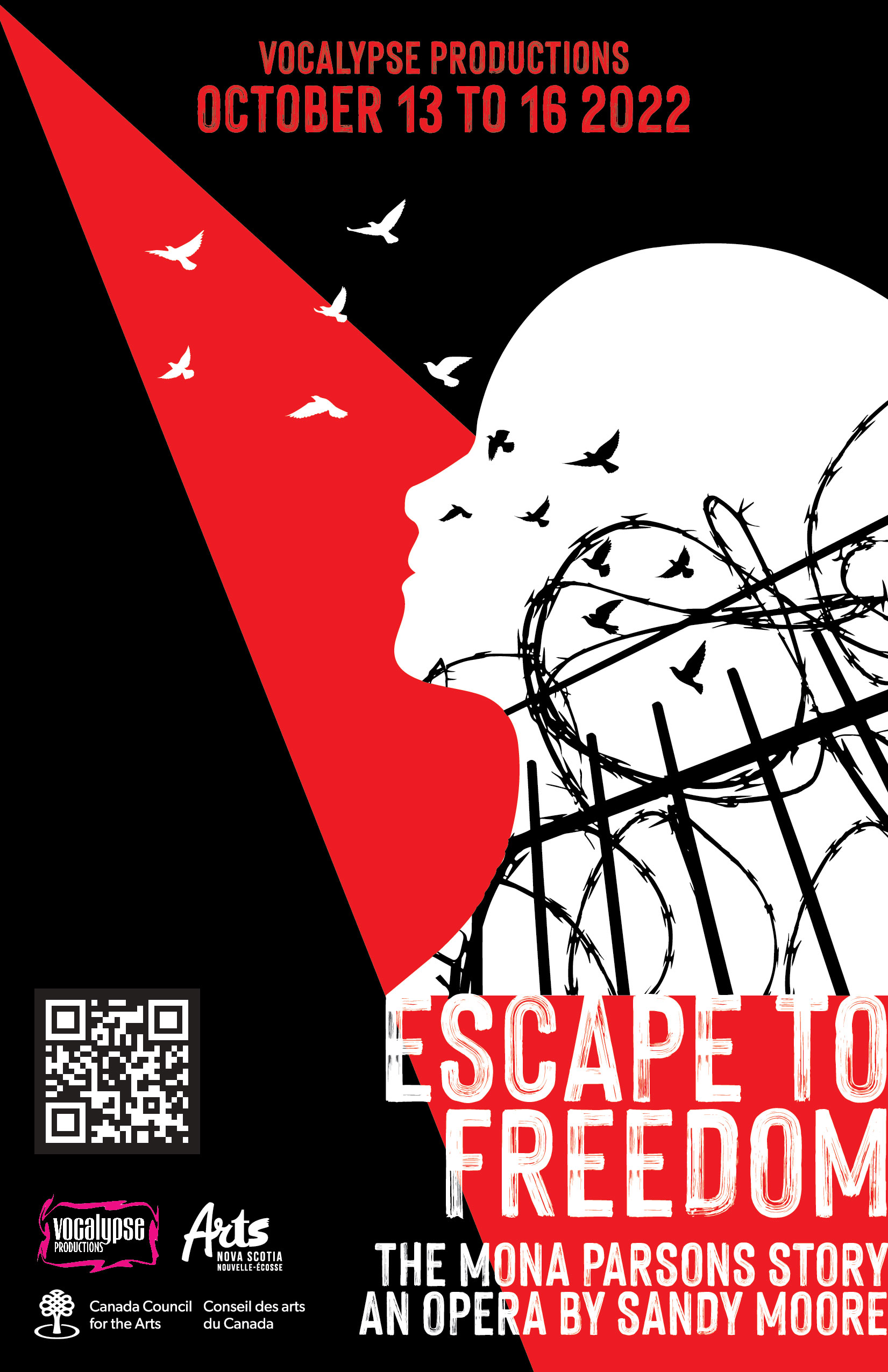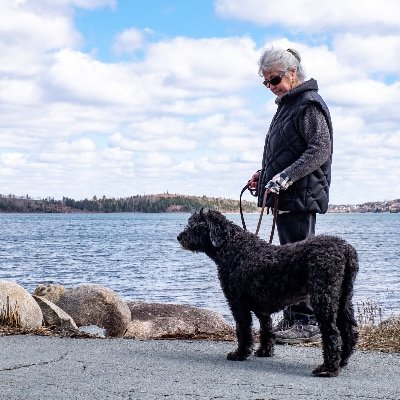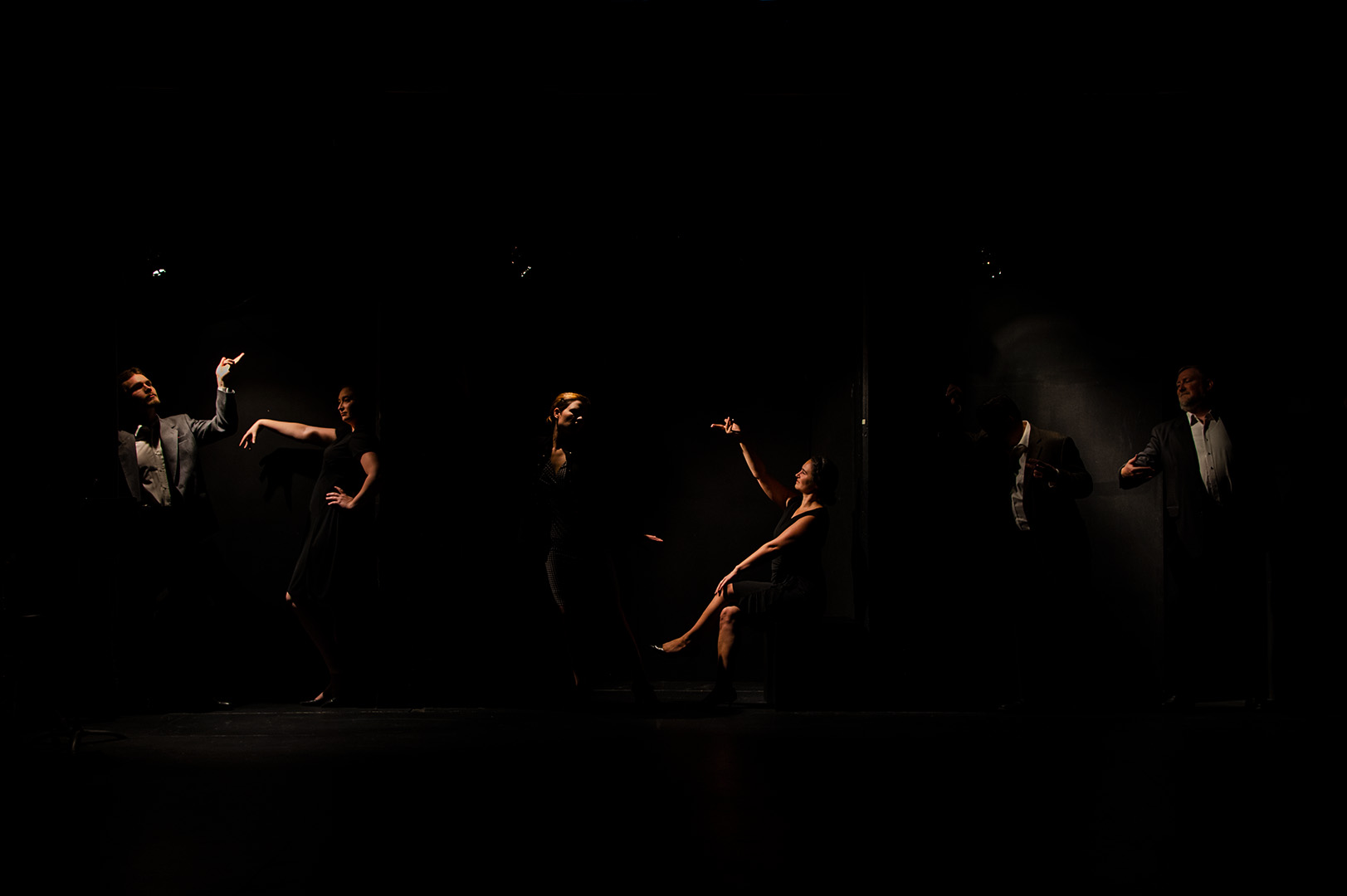This 90-minute performance of song was an intense interpretation of a real woman’s story. Mona Parsons, the only Canadian woman to be imprisoned by the German army in World War II, was a Nova Scotian who married a Dutch businessman and moved with him to Holland. The couple was involved in a resistance unit that rescued allied airmen but were arrested by the Gestapo in 1941. Although she was originally sentenced to death, this was commuted to life in prison. Along with another prisoner, she successfully fled one of the prisons to which she was relocated, to freedom.
The opera does not tell the story. Her early life of elegant high society, possibly somewhat debauched, is initially and briefly portrayed by the performers in frozen moments of styled postures. The opera then conveys the anguish and the degradation she endured through the music, the choreography, the stark set and the skillful use of lighting to create a variety of claustrophobic effects, including prison bars. The singing was interspersed with occasional moments of speech or sprechstimme, in several European languages, augmenting the global incomprehensibility of the turmoil. six of the seven singers performed multiple roles, from prisoner to interrogator to guard, in a dance-like fluidity of arrangements. Their voices and harmonies blended well with the music that was itself shifting from lyrical to jarring. But since their identities constantly changed it is difficult to single out any performance. But Jon-Paul Decosse, Bodvar Ingi Geirfinnsson, John Lindsay-Botten, Amelia McMahon, Dominique Saulnier and Tessa Short were all noteworthy. Soprano Janice Isabel Jackson sang the demanding role of Mona Parsons with clarity, initial power and conviction turning as the dreadfulness of her situation continues into despair. She was onstage throughout the opera. This may have been a formidable challenge in a larger venue with a bigger orchestra, but the entire combination was effective.
A very powerful moment was the performance of the four women, in prison garb, lamenting their deterioration into captive animals with superb harmonies against a strong percussive jazz-like composition.
The small four-member orchestra under the direction of John Bogardus was consistently impressive.
Opera Canada depends on the generous contributions of its supporters to bring readers outstanding, in-depth coverage of opera in Canada and beyond. Please consider subscribing or donating today.
VOCALYPSE PRODUCTIONS
OCT 13-16, 2022
MOORE ESCAPE TO FREEDOM
Cast:
Janice Isabel Jackson Mona Parsons, Producer
John Lindsay-BottenWillem Leonhardt, Interrogator, Ensemble
Boedvar Hlifarsson Geirfinnssonn De Boer, Translator, Guard, Ensemble
Jon-Paul Decosse Dirk Brouwer, Judge, Ensemble
Tessa Short Wendelien van Boetzelaer, Ensemble
Amelia McMahon Translator, Ensemble
Dominique Saulnier Ensemble
Creative Team:
Sandy Moore Composer
Sam Rosenthal Director
John Bogardus Music Director
Emily Jewer Assistant Director, Stage Manager, Marketing
Sean Burke Lighting Designer
Eliza Jackson Costume Designer
Joseph Dowell Pianist
Jeff Reilly Bass Clarinet
Sarah Frank Violin
Tom Roach Percussion


Daphna Levit was born in Israel, served in the army, and received undergraduate degrees in linguistics and literature from Tel Aviv University. She has contributed numerous articles in both Hebrew and English to various publications such as Ha’aretz and The Other Israel and is coauthor of Israeli Rejectionism: A Hidden Agenda in the Middle East Peace Process. She lives and teaches courses at academic institutions in Nova Scotia.










